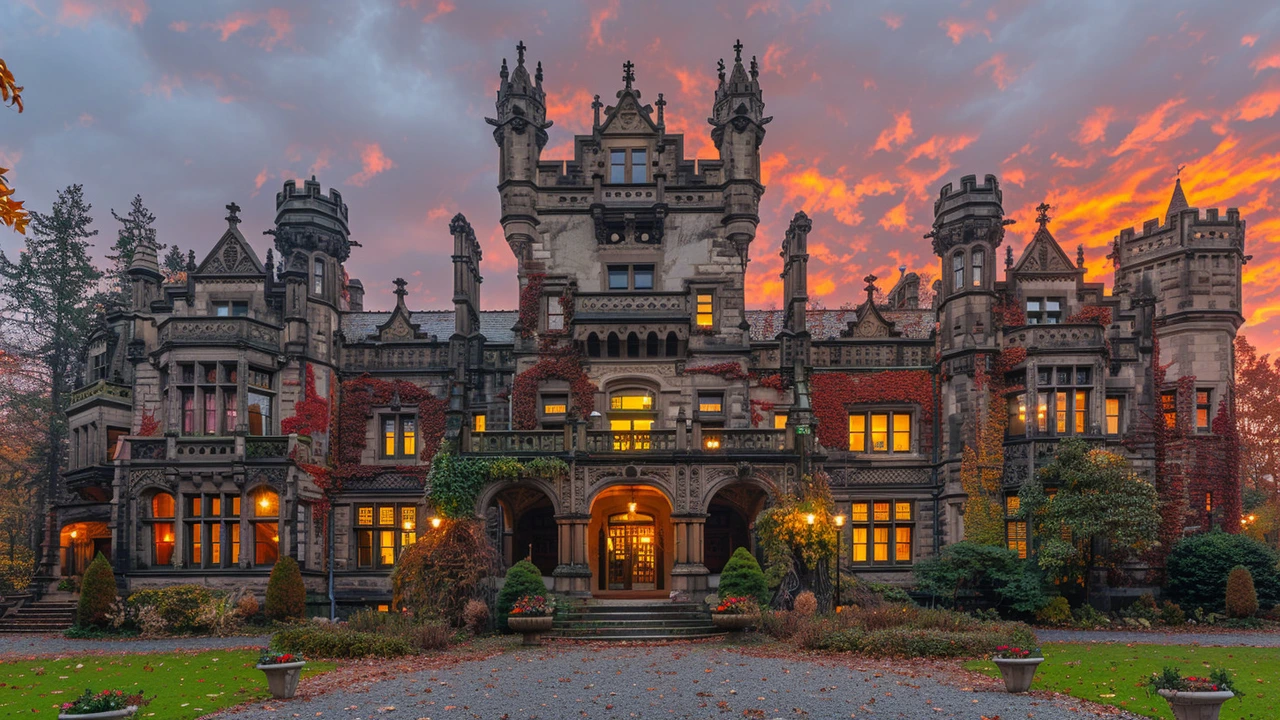Dive into the rich history of American Craftsman design, a style that revolutionized the architectural and interior design landscapes in the early 20th century. This article explores the origins of Craftsman design, its defining characteristics, notable architects, and the movement's lasting impact on American homes. Discover the timeless appeal of Craftsman architecture and how it continues to influence modern design principles. Learn how to incorporate Craftsman elements into your home for a touch of classic elegance and timeless design.
American Architecture: Know the Styles That Built the U.S.
American architecture is a mix of local fixes, imports, and bold experiments. You can see history, climate, and culture in a single street: clapboard colonial houses, Greek‑columned courthouses, low ranch roofs, and glass towers. This page helps you spot major styles, know a few landmark examples, and use quick cues when you’re walking or planning a renovation.
Common American styles and where to find them
Colonial and Georgian: These are the oldest common looks. Think symmetry, central doors, multi‑pane windows, and brick or wood siding. Look to Colonial Williamsburg or older New England towns for clear examples. These styles tell stories about early settlements and adapted European models.
Greek Revival: Big white columns and temple‑like fronts. In the U.S., Greek Revival cropped up in banks, statehouses, and southern mansions in the 1800s. If you see bold columns and a painted white facade, you’re likely looking at a Greek Revival influence.
Beaux‑Arts and City Classics: Grand public buildings with heavy ornament, arched windows, and formal symmetry. New York’s Grand Central Terminal and the New York Public Library are classic U.S. examples. These buildings aimed to convey civic pride and permanence.
American Craftsman and Bungalows: Low‑slung roofs, exposed rafters, tapered porch columns, and handcrafted woodwork. The Gamble House in Pasadena is a standout example. Craftsman houses focus on natural materials and simple, human-scale details.
Ranch and Mid‑Century Modern: Ranch houses are single‑story, with open plans and sliding glass doors—perfect for suburban sprawls after WWII. Mid‑Century Modern keeps clean lines, large windows, and indoor‑outdoor flow; Palm Springs is a hotspot for this look.
International, High‑Tech, and Postmodern: From glass curtain walls to steel exoskeletons, these later movements reshaped cities. The Seagram Building in New York shows International Style restraint; the Hearst Tower and more recent high‑tech buildings add visible structure and tech-forward materials. Postmodern buildings bring color, irony, and unexpected shapes—think civic buildings that joke with classical forms.
Quick tips to spot styles fast
Look at the roof, windows, and entrance first. Columns usually mean Greek Revival or Beaux‑Arts; low pitched roofs and wide eaves point to Craftsman or Ranch. Big glass facades mean modern movements. Check materials: wood clapboard and brick = older vernacular; steel and curtain glass = 20th century onward.
If you’re renovating, keep original proportions and key details. For homeowners, preserving a porch, original windows, or a signature column can keep character while updating systems. Want to learn more? Browse articles on Colonial, Greek Revival, Beaux‑Arts, Craftsman, Ranch, and Mid‑Century Modern for deeper examples and practical renovation tips.

